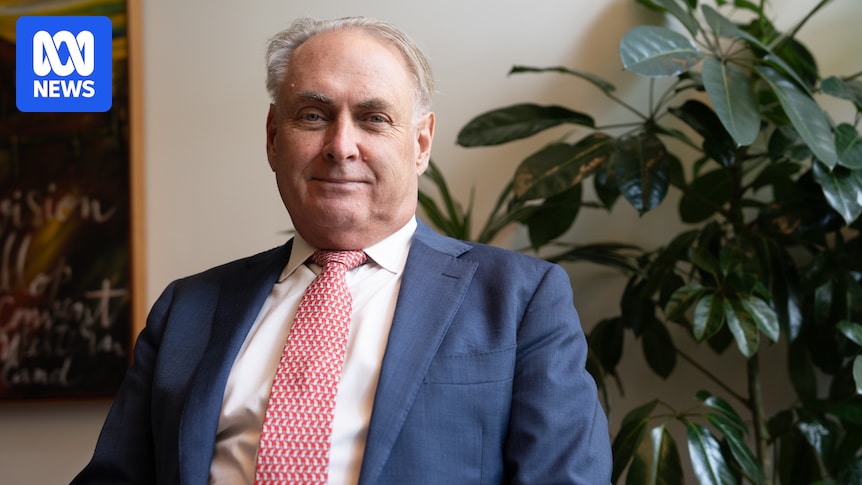
Should Australia increase the number of federal politicians? This question, often met with skepticism from voters, is currently under examination by the parliamentary Joint Standing Committee on Electoral Matters. Special Minister of State Don Farrell has initiated this inquiry, arguing there is a case for expansion.
Farrell, a significant figure within the Labor party known for his influence behind the scenes, previously spearheaded political funding reforms that will take effect ahead of the 2028 election. Despite initial doubts, he successfully garnered bipartisan support for these changes. Now, the possibility of an enlarged parliament hinges partly on the opposition’s stance, which remains undecided. Liberal senator Richard Colbeck, deputy chair of the committee, remarked, “It’s up to the government to make a case. I’m not sure the Australian people are hanging out for more politicians.”
Political Dynamics and Potential Allies
Farrell’s strategy often involves collaboration with major parties, and he hopes to secure the opposition’s support for the expansion. If unsuccessful, the Greens could play a crucial role, as the government requires their backing in the Senate to pass contested legislation. Steph Hodgins-May, the Greens’ spokeswoman on democracy, stated, “We don’t have a position currently,” but added, “if something will make our democracy fairer we would consider legislation favourably.”
Meanwhile, Farrell has also tasked the committee with considering longer and fixed parliamentary terms. Prime Minister Anthony Albanese has expressed interest in extended terms, citing the UK’s five-year terms as advantageous. However, implementing longer terms would necessitate a referendum, a prospect Albanese is hesitant to pursue following the failed Voice referendum.
Historical Context and Legislative Considerations
Australia’s parliament has been expanded twice before, in the 1940s and 1980s, both times under Labor governments. The primary rationale for change is population growth. According to the last report by the electoral matters committee, after the 2022 election:
On average, a House member represents more than 120,000 enrolled voters; in 1984 (after the parliament was increased) the number was more than 66,000.
Farrell argues that a larger parliament would strengthen democracy by ensuring voters have better access to their local representatives. Advocates for expansion also suggest it would align Australia more closely with other democracies, broaden the talent pool for frontbench positions, and enhance accountability.
The constitutional requirement that the House of Representatives be nearly double the size of the Senate complicates the matter. Altering this ratio would require a referendum, as a 1967 attempt to do so failed. The proposed expansion would likely add 28 to 32 members to the 150-member lower house, based on additional senators per state and territories.
Implications and Political Calculations
If the parliament is enlarged, the changes would not take effect until the 2031 election. While this would improve constituent services, political parties are weighing potential gains and losses. Former Liberal attorney-general George Brandis argues that Labor would benefit from a larger House due to population growth in urban areas, while the Greens could gain from an expanded Senate.
Electoral analyst Ben Raue has challenged Brandis’ analysis, while Bob McMullan, a former senator and cabinet minister, supports increasing senators to 14 per state. McMullan believes this could help the Greens, One Nation, and Jacqui Lambie maintain their seats, though it might not increase their Senate numbers. He also suggests that smaller quotas in a larger Senate would improve prospects for independents and micro parties.
Farrell’s push for more parliamentarians, much like his electoral reform efforts, faces significant political hurdles. The key questions remain whether he can navigate these challenges and if the prime minister is willing to invest political capital in a potentially unpopular initiative.





